The Impact Of Sensory Rooms In Public Facilities For Autism
Enhancing Accessibility and Well-Being for Autistic Individuals
In recent years, the importance of sensory environments in public spaces has gained recognition as a vital component of supporting individuals with autism. Sensory rooms, designed with carefully curated stimuli and adjustable features, have emerged as effective tools to promote emotional regulation, social participation, and overall quality of life. This article explores the profound impact of sensory rooms in public facilities, highlighting their benefits, design principles, and future innovations to foster a more inclusive society.
Benefits of Sensory Rooms for Individuals with Autism
What are the benefits of sensory rooms for individuals with autism?
Sensory rooms provide a specially designed environment that helps individuals with autism manage sensory processing differences. These spaces are equipped with calming elements like soft lighting, tactile surfaces, soundscapes, and sensory toys, which can be personalized to meet specific needs.
One of the main benefits is the significant support for emotional regulation. Sensory rooms foster calming experiences that help reduce anxiety and prevent emotional overwhelm or meltdowns. By offering predictable environments with controllable stimuli, they encourage self-soothing and help individuals feel more relaxed.
Developmentally, sensory rooms can boost important skills such as coordination, focus, and communication. Engaging with various sensory activities promotes sensory integration, which is crucial for learning and daily functioning. For example, motor skills are improved through activities like gentle swinging or textured play.
Furthermore, these spaces nurture independence and confidence. When individuals learn to self-regulate their sensory input, they become more comfortable navigating other environments. This increased confidence extends to social settings, where they can participate more fully in social activities like group play or community events.
Social participation and inclusion are greatly enhanced through sensory rooms. They create accessible venues where autistic individuals can relax, engage with others, and build meaningful relationships without fear of overwhelming stimuli. This promotes greater societal understanding and acceptance as well.
Overall, sensory rooms support overall well-being by tailoring sensory, emotional, and developmental support, making them invaluable tools in therapy centers, schools, and community spaces. They help create less disabling, more enabling environments and significantly improve quality of life for individuals with autism.
Supporting Autism Through Evidence and Effectiveness of Sensory Rooms

Are sensory rooms effective in supporting autistic individuals?
Sensory rooms have been shown to be highly beneficial in supporting people with autism by creating a calming, adaptable environment tailored to their sensory processing needs. These spaces can help reduce sensory overload, a common challenge for autistic individuals, by incorporating soothing textures, adjustable lighting, and gentle sounds. This thoughtful design helps to lessen stress and foster emotional regulation.
Research indicates that sensory rooms not only provide a calming space but also promote engagement in sensory integration activities. These activities can enhance focus, decrease anxiety, and encourage better behavioral responses. For children and adults alike, sensory rooms serve as safe areas for self-regulation, helping them manage overwhelming stimuli and return to a balanced state.
Empirical studies support these findings, demonstrating that controlled sensory environments improve attention, reduce stereotyped behaviors, and support emotional well-being. In practical settings such as schools, therapy centers, and homes, sensory rooms act as valuable complement to other therapeutic interventions.
Overall, sensory rooms are effective tools for aiding sensory regulation, promoting participation, and improving overall quality of life for autistic individuals. Their flexible design and individualized features make them a vital resource for fostering resilience and supporting mental health in neurodivergent populations.
Design Principles and Considerations for Public Sensory Rooms

What are the design considerations and principles for sensory rooms in public environments?
Creating sensory rooms in public spaces requires careful planning and thoughtful design to ensure they are accessible, safe, and supportive of diverse sensory needs. These environments should prioritize calming and predictable atmospheres, helping reduce anxiety and overstimulation for users.
A fundamental principle is establishing a tranquil environment through controlled lighting, sound, and visual cues. Dimmable lights, soft colors, and gentle soundscapes can create a soothing space. Visual routines and clear signage support predictability, making the space easier to navigate and reducing uncertainty.
Space layout and spatial planning are crucial. Designated zones for relaxation, social interaction, and informal activities ensure inclusivity. The room should be of appropriate size—neither too confined nor overwhelmingly large—and featuring well-defined boundaries for safety and independence.
Flexibility is essential. Users must be able to control aspects like lighting, temperature, and sensory stimuli. Adjustable sensory equipment—such as tactile surfaces, bubble tubes, and projection lights—enable individualized experiences tailored to personal sensory profiles.
Safety features include safe flooring, unobstructed pathways, and easily accessible exits. Implementing safety measures such as soft furnishings, rounded corners, and soundproofing ensures a secure environment that encourages exploration without risk of harm.
The design should support sensory stimulation across all eight systems—visual, auditory, tactile, vestibular, proprioceptive, olfactory, gustatory, and interoceptive—to meet various needs. This diversity of stimuli should be available but used judiciously to prevent overload.
Inclusion and personalization are at the heart of effective sensory room design. Incorporating spaces for individual use, as well as communal areas, fosters social participation. Equipment and stimuli should be adaptable, and signage should promote ease of understanding for all users.
Overall, sensory rooms in public settings must balance comfort, safety, and flexibility. They should serve as accessible refuges that support emotional regulation, relaxation, and enjoyment, benefitting a broad spectrum of visitors—regardless of age or ability.
Enhancing Learning, Socialization, and Inclusivity in Public Facilities
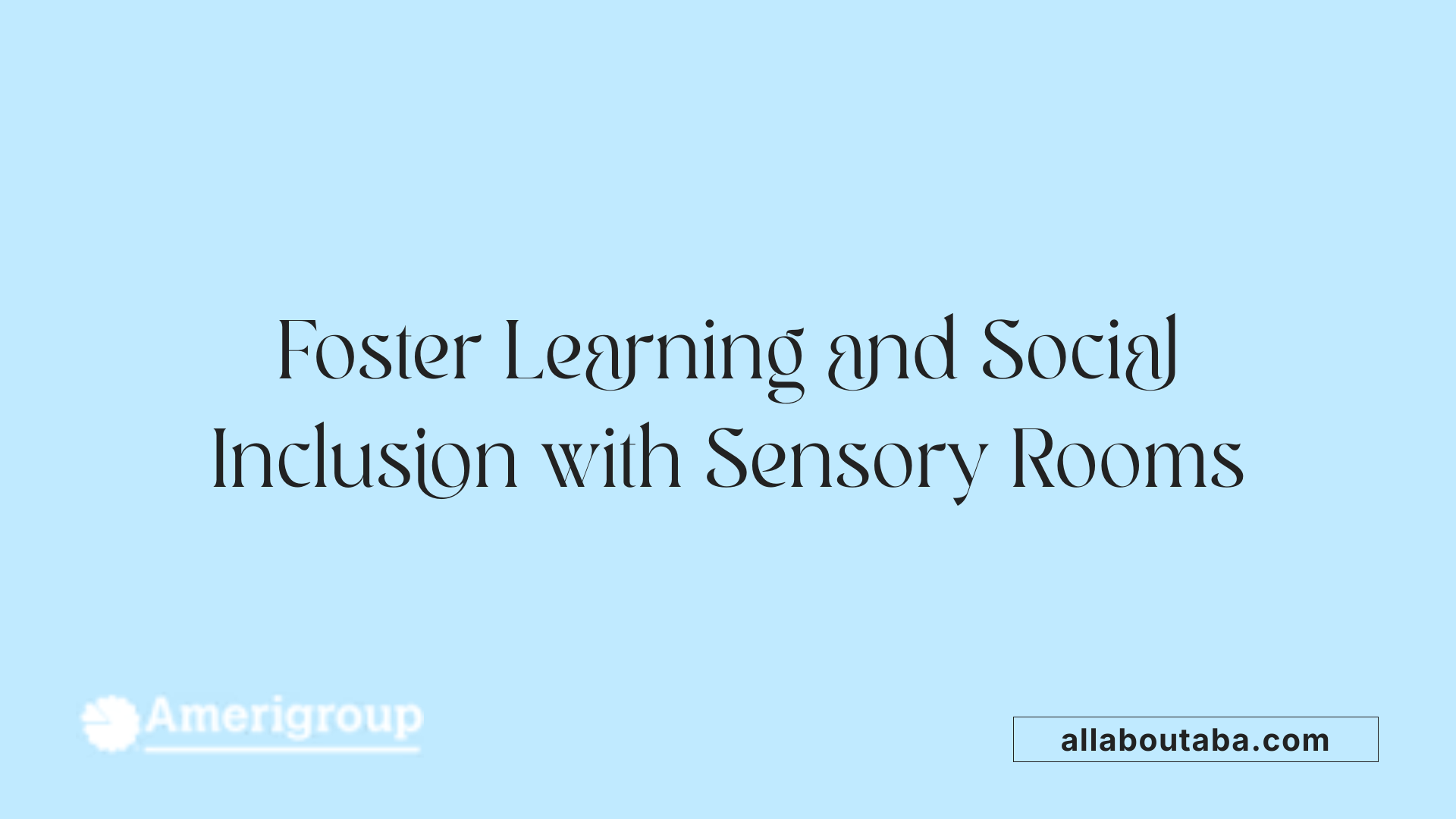 Sensory rooms are increasingly recognized as crucial tools in public facilities such as schools, libraries, and community centers for fostering learning, social skills, and overall inclusivity. These spaces are designed to provide a controlled environment that accommodates individual sensory needs, helping users regulate their emotions and reduce stress.
Sensory rooms are increasingly recognized as crucial tools in public facilities such as schools, libraries, and community centers for fostering learning, social skills, and overall inclusivity. These spaces are designed to provide a controlled environment that accommodates individual sensory needs, helping users regulate their emotions and reduce stress.
One of the primary roles of sensory rooms is to support social participation and relationship-building. Through activities like group games, joint sensory play, and interactive tools, individuals can develop cooperation, communication, and empathy. These experiences foster a sense of belonging and aid in the development of social skills, especially for those with autism or sensory processing differences.
Calm, safe spaces within sensory rooms enable users to self-regulate, which is essential for positive engagement in community activities. By offering calming tools such as weighted blankets, soft lighting, and quiet zones, these environments help reduce anxiety and sensory overload. This makes participation in social or educational events more accessible and less overwhelming.
Furthermore, sensory rooms contribute to educational goals by enhancing focus and attention. When sensory overload is managed, individuals are more likely to engage actively with learning activities. The customizable nature of sensory experiences—ranging from gentle tactile surfaces to stimulating visual projections—allows for personalized approaches that meet diverse needs.
Research from institutions like the Wales Autism Research Centre suggests that well-designed sensory environments improve participation, mood, and behavioral responses. Such environments are not only beneficial in clinical settings but are also integral in promoting inclusive community participation.
In summary, sensory rooms serve as vital spaces that support emotional regulation, facilitate social skills development, and foster inclusivity. By providing tailored sensory experiences and safe environments, they empower individuals to participate more fully in educational and social realms, ultimately promoting a more inclusive society.
The Importance of Sensory Environments in Improving Quality of Life
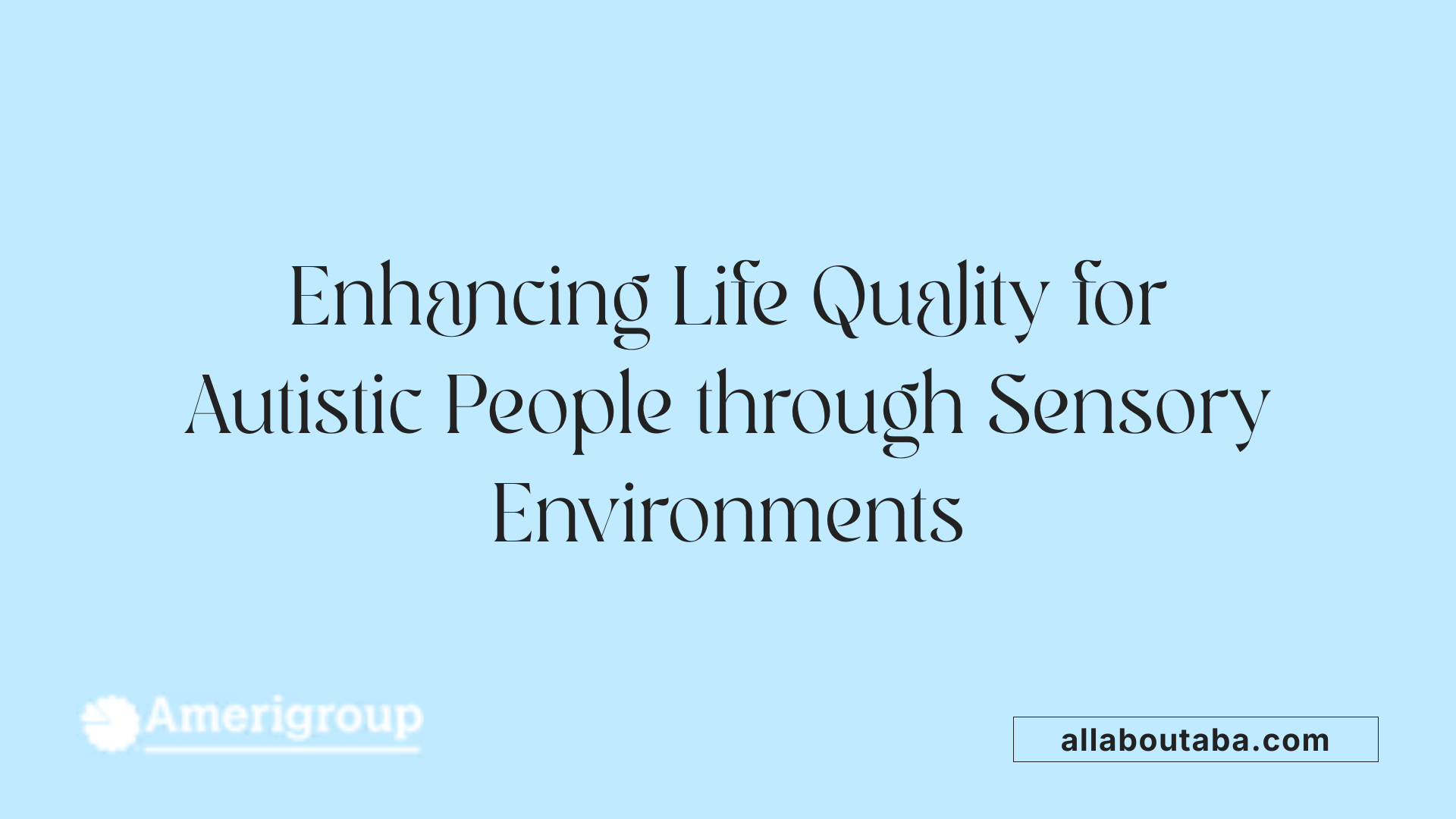
What is the importance of sensory environments in improving the quality of life for autistic individuals in public spaces?
Sensory environments significantly influence the daily experiences and overall well-being of autistic individuals when they are in public settings. These environments, when thoughtfully designed, help reduce overwhelming sensory stimuli like bright lights, loud noises, or strong smells that often cause distress. Incorporating calming spaces, such as quiet corners or sensory rooms, allows individuals to take breaks and self-regulate emotional responses.
Reducing sensory overload
Public environments like supermarkets, busy streets, or healthcare settings can be sensory-rich and challenging. Features like adjustable lighting, soundproofing, and clear signage create calmer atmospheres, making these spaces less disabling. Reduced sensory burden helps in preventing meltdowns, shutdowns, and withdrawal, improving participation and social inclusion.
Predictability and control
Predictability is vital for minimizing stress for autistic people. Providing advance information about environments, such as visual maps or cues for quiet zones, reduces uncertainty. Giving individuals control over sensory tools or adjustments—such as dimming lights or controlling sound levels—can further improve comfort, helping them navigate environments more independently.
Environmental adaptations
Designing adaptable environments involves not only structural elements but also staff understanding and support. Training staff to recognize sensory needs and offer flexible adjustments, like changing activity paces or providing sensory tools, makes public spaces more accessible. The presence of recovery areas or sensory-friendly signals helps individuals manage their sensory input and maintain emotional regulation.
Staff training and support
Skillful staff are crucial in creating enabling environments. Education on sensory processing differences helps staff better support autistic visitors. When staff can offer personalized responses and adjustments, they foster a supportive atmosphere that encourages participation and reduces societal judgment.
Impact on independence and confidence
Creating accessible sensory spaces empowers autistic individuals to explore and enjoy public environments more confidently. When environments meet their sensory needs, they can better manage their experiences, leading to increased independence. This autonomy supports self-esteem, encourages social interactions, and promotes an inclusive community where everyone can participate fully.
| Aspect | Features | Benefits |
|---|---|---|
| Sensory Overload Reduction | Quiet zones, adjustable lighting, soundproofing, sensory tools | Prevents distress, meltdowns, shutdowns |
| Predictability | Visual cues, advance info, familiar routines | Reduces anxiety, builds confidence |
| Adaptations | Staff training, flexible adjustments, recovery spaces | Enhances accessibility, supports emotional regulation |
| Social Inclusion | Sensory-friendly activities, signage, inclusive design | Facilitates participation, social engagement |
| Independence and Confidence | Self-regulation tools, control over sensory input, clear wayfinding | Promotes autonomy, improves self-esteem |
In summary, well-designed sensory environments transform public spaces into inclusive, supportive places. They help reduce sensory-related stress, foster independence, and enable full participation for autistic individuals, thereby enhancing their overall quality of life.
Myths, Misconceptions, and Future Innovations in Sensory Rooms

What are some common misconceptions or disadvantages associated with sensory rooms?
Many people believe that sensory rooms are only useful for children or that they guarantee improvements in all cases. In reality, their effectiveness heavily depends on proper customization to fit each individual's specific sensory needs.
High costs can also be a barrier. Setting up and maintaining sensory rooms may require significant financial investment, which can limit access, especially in resource-strapped settings.
Another misconception is that sensory rooms can replace other forms of therapy. While they are valuable tools for emotional regulation and sensory management, they are most effective when integrated with comprehensive therapeutic approaches.
Without proper understanding and management, sensory rooms may be underused or may not address unique sensory sensitivities effectively. This underscores the importance of professional guidance and ongoing assessment.
Ultimately, the success of sensory rooms depends on tailored design, knowledgeable implementation, and continual adjustment to meet individual needs, rather than a one-size-fits-all solution.
Building a Sensory-Inclusive Society
Creating sensory rooms within public facilities reflects a broader societal commitment to inclusivity and accessibility. As innovations continue to evolve, integrating advanced technology and personalized design, these spaces will become even more effective in meeting diverse sensory needs. Investing in sensory environments not only benefits autistic individuals but also enriches our communities by fostering empathy, understanding, and shared participation. Building sensory-inclusive spaces is an essential step toward an equitable society where everyone can connect, learn, and thrive.
References
- The Impact of Sensory-Friendly Spaces on Autistic Individuals -
- Sensory Experiences of Autistic Adults in Public Spaces - PMC
- The use of Multi-Sensory Environments with autistic children
- The Benefits of Sensory Rooms for Children with Autism and Social ...
- The Need for Sensory-Friendly “Zones”: Learning From Youth on the ...
- The Power of Sensory Rooms for Autism and ADHD
- Sensory Rooms for Autism: 7 Amazing Benefits!
- The Sensory Room: Helping Students with Autism Focus and Learn
- Sensory Rooms for Children with Disabilities - The Children's Guild
- “A calm space to reset”: perceptions of sensory rooms in Australian ...
Other articles
Recent articles

How To Teach Decision-Making Skills To Autistic Young Adults

The Connection Between Autism And Epilepsy

Best Practices For Transitioning Autistic Children Into New Schools

Autism And Time Management Challenges In Adulthood

The Role Of Visual Arts In Autism Communication Development

How To Address Tactile Defensiveness In Autism

Best Practices For Telehealth Autism Therapy

How To Help Autistic Children Develop Friendship Skills

How Schools Can Support Autistic Students In Career Prep

Best Strategies For Autism-Friendly Event Planning

Understanding Noncontingent Reinforcement In Autism Behavior Plans

How Drama Therapy Benefits Autistic Individuals

Best Practices For Autism-Friendly Fitness And Recreation Centers

Best Ways To Promote Healthy Social Media Use For Autistic Teens

How To Help Autistic Children Cope With Public Speaking

Autism And Strategies For Managing Unexpected Changes

Best Podcasts About Autism For Parents And Educators

Autism And The Impact Of Seasonal Changes On Behavior

The Role Of Diet In Managing Co-Occurring Conditions With Autism

Sleep Challenges In Autism And Practical Solutions

Best Ways To Build Daily Routines For Autistic Children

Best Practices For Supporting Autistic Entrepreneurs

Autism And Strategies For Navigating Large Social Gatherings

Adaptive Sports And Recreational Activities For People With Autism

Autism And The Benefits Of Story-Based Learning Activities

Understanding The Role Of Play In Autism Development

Autism And The Impact Of Environmental Noise On Learning

How To Create Autism-Friendly Community Spaces

Autism And Chronic Health Conditions: What To Know

The Role Of Care Managers In Autism Life Planning

How To Teach Social Boundaries To Autistic Children

How Autistic Individuals Experience Empathy Differently

How To Support Autistic Employees In Remote Work Settings

Autism And The Relationship Between Motor Skills And Learning

How To Create Community Resource Guides For Autism Families

How To Teach Daily Living Skills To Autistic Teens

Autism And The Impact Of Mind-Body Practices On Stress Reduction

Autism And The Benefits Of Outdoor Group Activities

How To Create Autism-Friendly Sensory Paths In Schools

Best Practices For Autism-Friendly Park And Recreation Areas

Autism And Strategies For Reducing School Refusal

Supporting Autistic Individuals In Public Speaking

The Role Of Diet In Managing Autism Symptoms

The Benefits Of Gardening Clubs For Autism Social Development

How To Prepare Autistic Children For Dental Visits

Autism And Employment: Career Paths That Work

Best Practices For Autism-Friendly Hotels And Lodging

The Impact Of Screen Time On Autism Development

Autism Screening Tools For Early Childhood

The Role Of Physical Exercise In Autism Therapy

Best Strategies For Supporting Autistic College Students

The Role Of Technology In Autism Early Detection

Sensory-Friendly Classroom Design Ideas For Autistic Students

The Role Of Speech Therapy In Building Social Communication Skills

Best Strategies For Handling Autistic Burnout In Adults

Autism And The Importance Of Predictability In Routine

Autism And Peer Education: Teaching Acceptance In Schools

Best Practices For Sensory-Friendly Libraries And Reading Rooms

Self-Advocacy Skills For Autistic Adults

The Role Of Technology In Autism Peer Communication

Promoting Physical Activity In Children With Autism

How To Prepare Autistic Children For Medical Procedures

The Role Of Social Media In Autism Advocacy And Awareness

The Impact Of Sensory Rooms In Public Facilities For Autism

How To Create An Autism-Friendly Holiday Celebration

Best Practices For Inclusive Education For Autistic Students

Autism And Mental Health: Recognizing Signs Of Distress

Best Practices For Sensory-Friendly Waiting Rooms

The Role Of Teachers In Early Autism Red Flag Identification

Autism-Friendly Housing Design Features

Autism-Friendly Housing Design Features

How Environmental Modifications Improve Autism Outcomes

Autism And Technology-Based Learning Tools

Supporting Autistic Children Through Changes In Routine

The Link Between Autism And Working Memory Challenges

Best Practices For Autism-Friendly Cooking Classes

Autism And The Benefits Of Structured Music Lessons

Best Books To Teach Kids About Autism Acceptance

Sensory Diets And Their Benefits For Autism Management

How To Prepare Autistic Teens For Driver’s Education

How To Teach Autistic Teens About Healthy Relationships
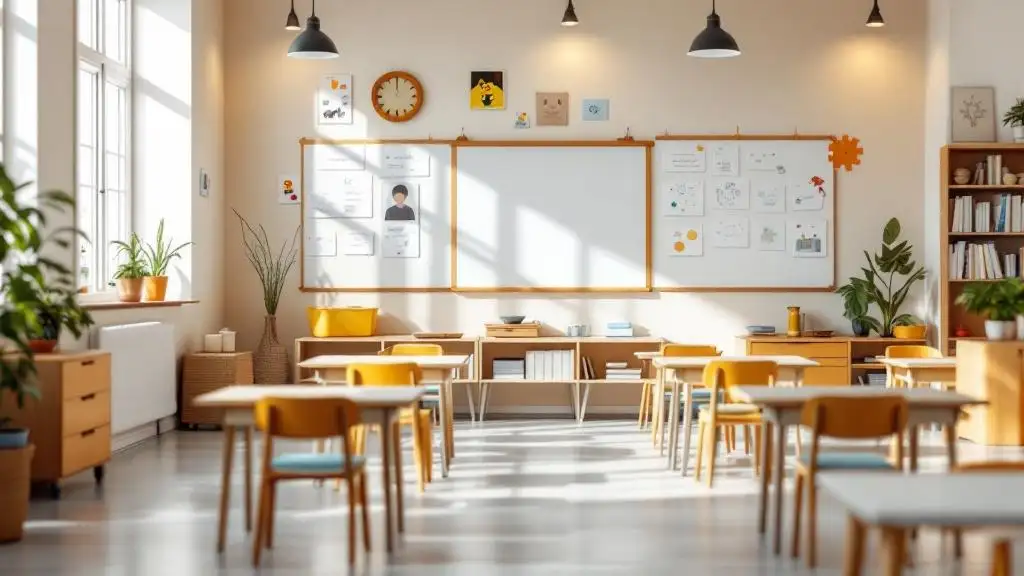
The Role Of Visual Prompts In Building Daily Habits For Autism

Addressing Sleep Regression In Children With Autism
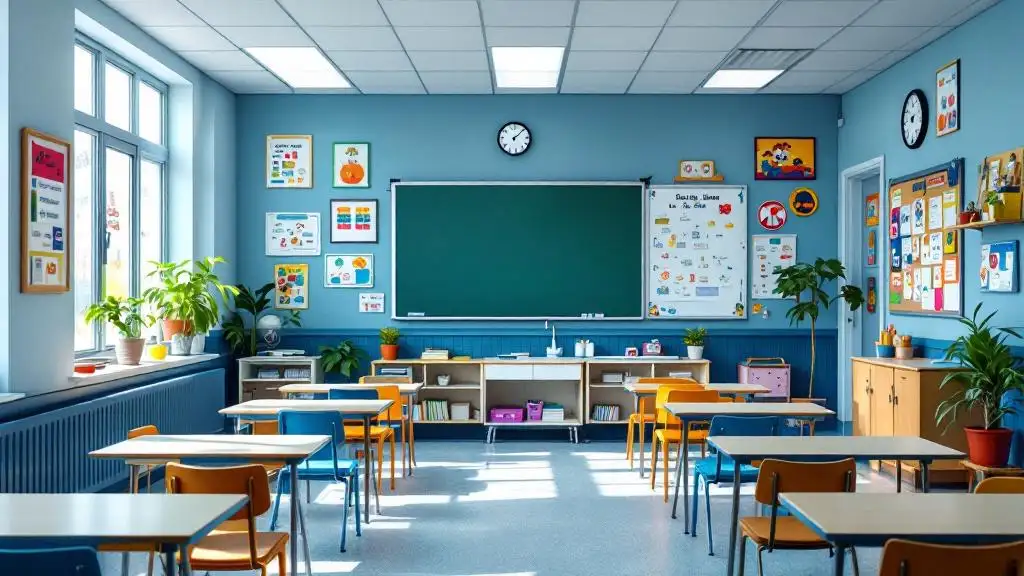
Understanding Social Stories And How They Help Autistic Children

Navigating Insurance Coverage For Autism Therapy Services

How To Prepare Autistic Adults For Independent Travel

Supporting Autistic Individuals In Volunteer Work

How Mindfulness Practices Can Support Autism Well-Being

Understanding Hyperfocus And Special Interests In Autism

Understanding Stimming As A Self-Regulation Tool

Sensory-Based Interventions For Autism At Home

Best Ways To Introduce Self-Advocacy In Autistic Teens

Best Ways To Support Autistic Employees In Customer Service Roles

Best Practices For Autism-Friendly Volunteer Programs
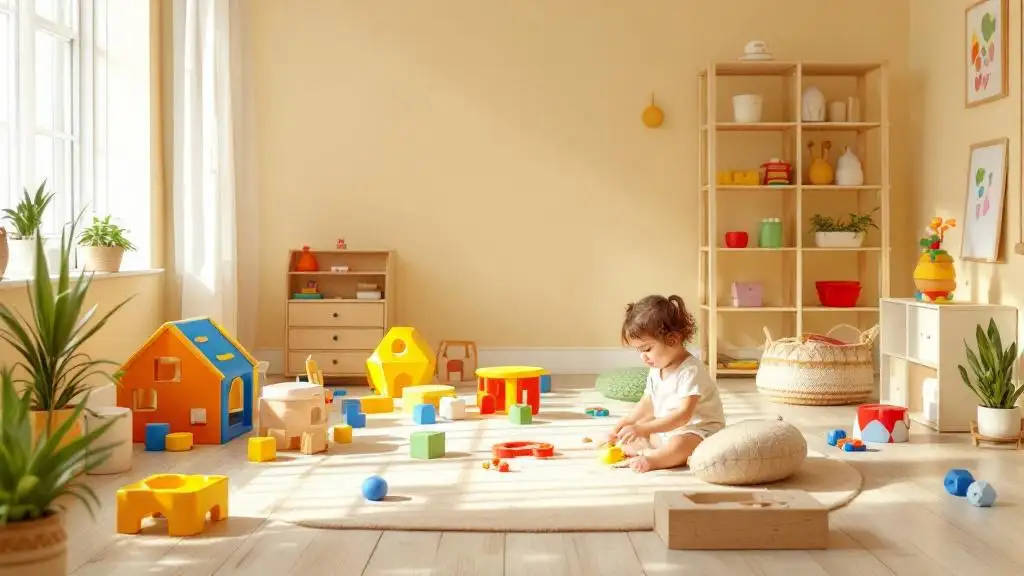
Autism And The Benefits Of Sensory Play For Emotional Growth
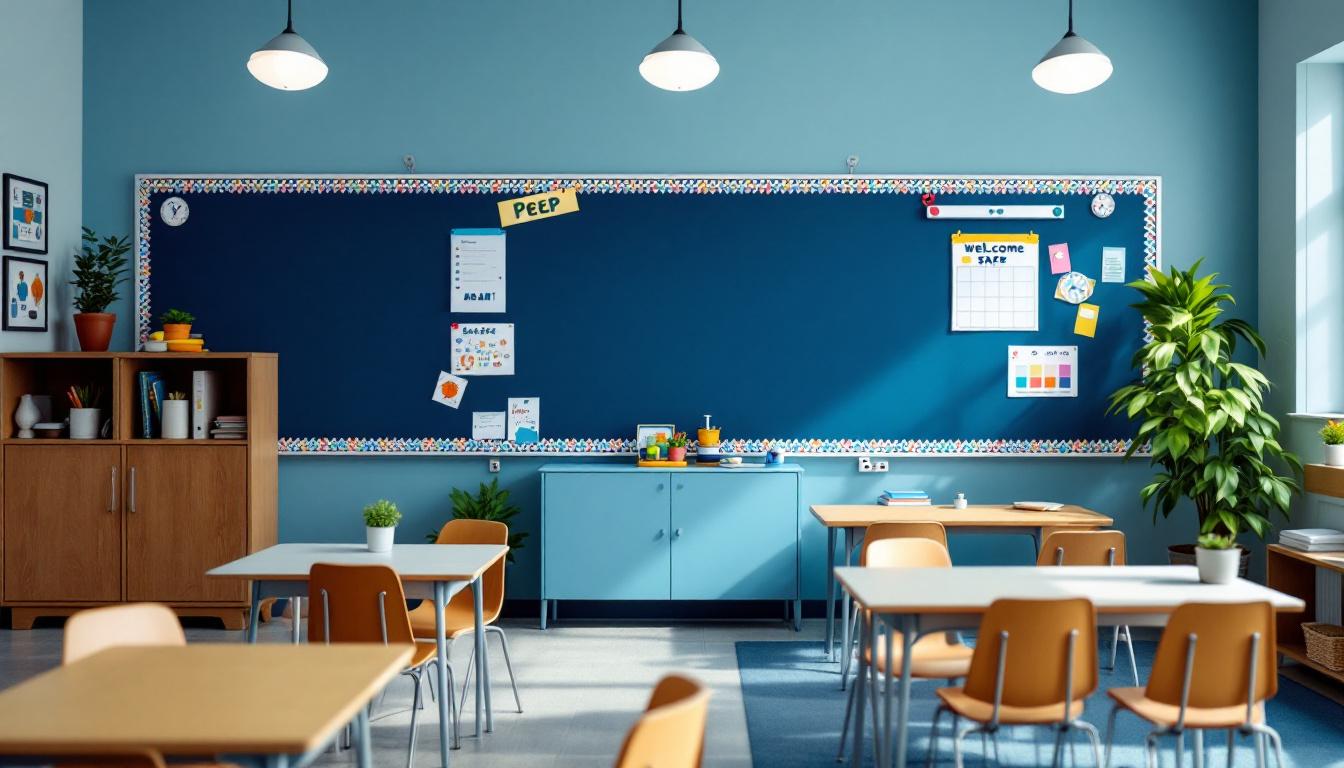
Autism And Strategies For Building Peer Relationships

Understanding How Autism Affects Memory Processing

Autism And Strategies For Building Coping Skills In Teens

The Role Of Parent Training In Autism Intervention Programs

Autism-Friendly Workplace Accommodations
We’re All About You, Your Family, and Your Child

